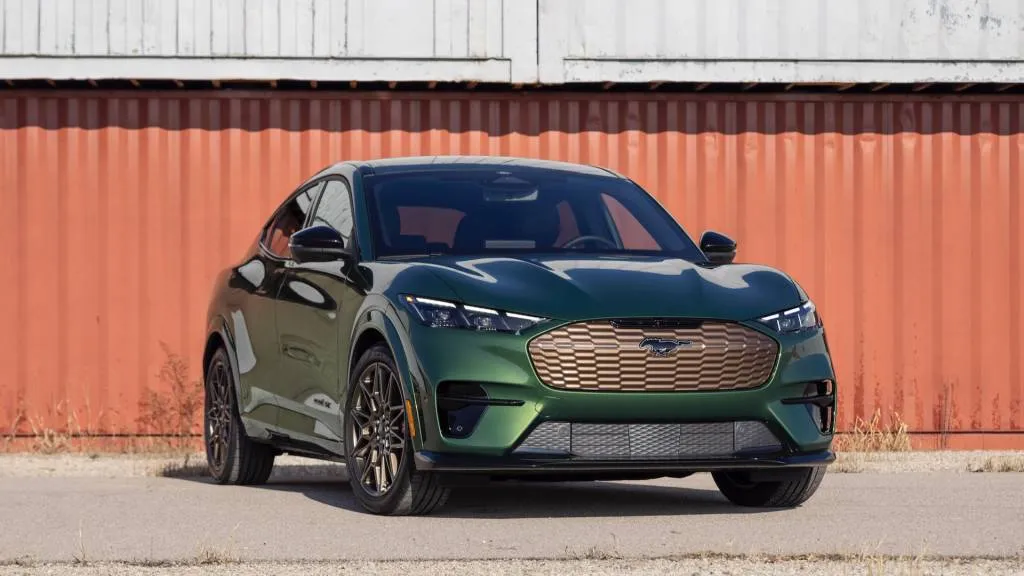Air pollution remains a major threat to the health of many Americans, but stricter emissions rules could help, according to the American Lung Association.
The organization’s 25th annual “State of the Air” report found that 131 million people—39% of the U.S. population—live in areas with unhealthy areas of air pollution. And spikes in deadly air pollution are the most severe recorded in the history of the report. That’s based on air quality assessment data from 2020-2022 (the most recent available), and accounting for new EPA particulate-pollution rules finalized in February 2024.

2024 Volkswagen ID.4
The report also found that people of color are disproportionately exposed to air pollution. A person of color in the U.S. is 2.3 times more likely than a white person to live in a community with a failing grade on all three of the report’s measures for air pollution—short-term particle pollution, long-term particle pollution, and ozone.
The American Lung Association acknowledged recent regulatory efforts, including stricter EPA emissions rules for passenger cars and commercial trucks, as a way to “help clean up particle pollution and address climate change.” But the organization is now pushing for stricter national limits on ozone pollution as well.

2024 Ford Mustang Mach-E GT
In the meantime, EPA tailpipe rules for model years 2027-2032 are much tighter in key pollutants, per vehicle, but they don’t mandate EVs. A Department of Energy decision to delay a key factor in how vehicle emissions are calculated on a fleet basis may undermine those rules in the short term though, leading to more plug-in hybrids that could pollute more than billed if not plugged in regularly.
EVs aren’t a silver bullet, though. Research from 2021 looking at the Los Angeles region suggested that EVs won’t completely solve that metropolitan area’s pollution issues. Powerplant emissions remain an issue as well. Electricity generated from fossil fuels still affects the carbon footprint of an electric car.

